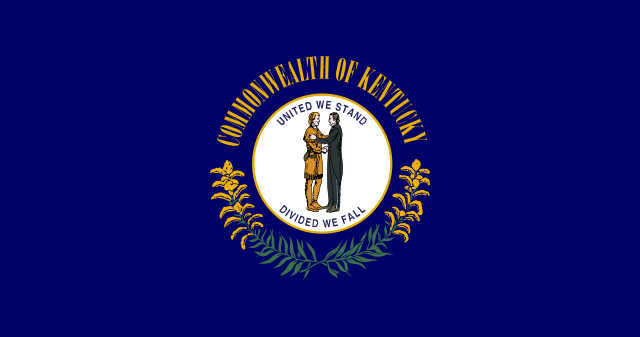Kansas Gov. Sam Brownback last month proposed issuing $1.5 billion in bonds to help cover the state’s pension funding shortfall.
The bonds would allow Brownback to go through with another proposal – lowering state payments to the pension system by $39 million in fiscal year 2015-16 and by $92 million in fiscal year 2016-17.
But pension bonds don’t come without risks. Over the weekend, a former New York lieutenant governor called Brownback’s plan “a dreadful idea”. From the Wall Street Journal:
Richard Ravitch, the former New York lieutenant governor who helped save New York from bankruptcy in the 1970s and now sits on the board of The Volcker Alliance, called Kansas’ plan “a dreadful idea.”
“If you cover current obligations by borrowing money, you’re on an unstable course,” said Mr. Ravitch.
There are other criticisms of pension obligation bonds, as well. The states and municipalities that issue them, for example, are frequently in ill-equipped to deal with the fallout if pension investment returns don’t exceed bond interest rates.
From the Wall Street Journal:
The state would make a decades-long bet that pension-fund returns will exceed current interest rates for taxable municipal bonds. Kansas officials said interest rates near historic lows make the bonds an attractive way to help manage retirement obligations.
If examined from the stock market highs at the end of 2007, such deals returned an average of 0.8%, the Center [For Retirement Research] said in a report last year. By 2009, however, most pension bonds were a net drain of -2.6%. Thanks to stock market gains following the recession, however, most of the deals were back in positive territory by 2014, returning an average of 1.5%.
Pension-bond deals made at the end of the market run-up in the 1990s, or right before the crash in 2007, have produced negative returns, the report said. Many of the bonds have a 30-year lifespan, meaning the final results won’t be known for years.
“This should be a tool in a well-functioning governments arsenal,” said Alicia Munnell, the Center’s director. “Unfortunately, those that use them tend to be cash-strapped and desperate.”
Read the Center for Retirement Research report on pension obligation bonds here.







